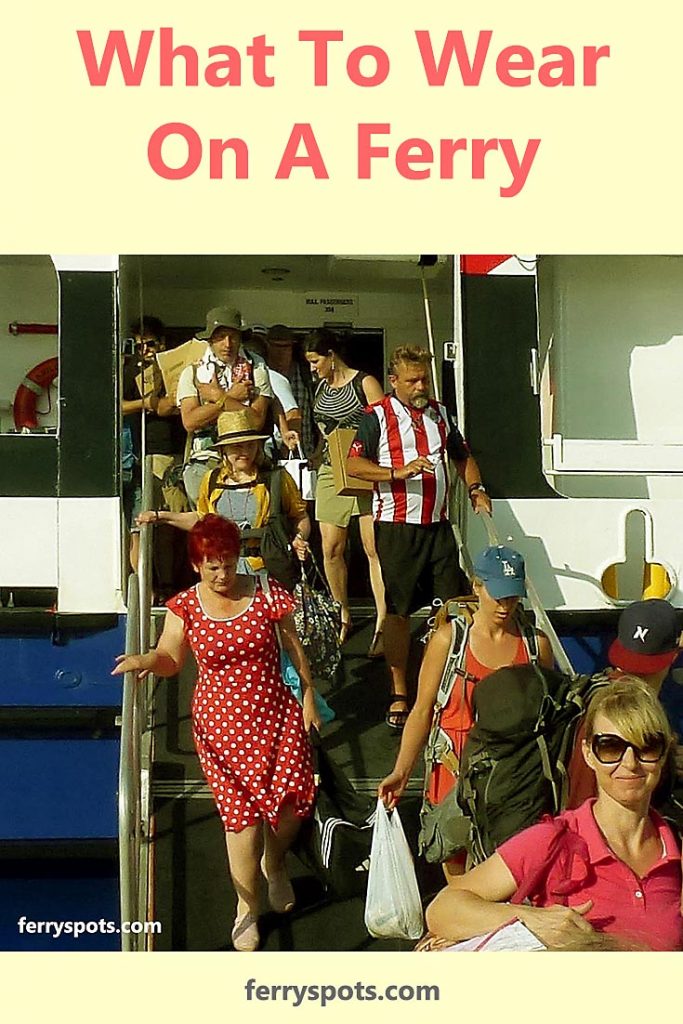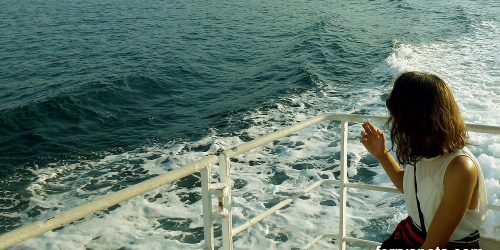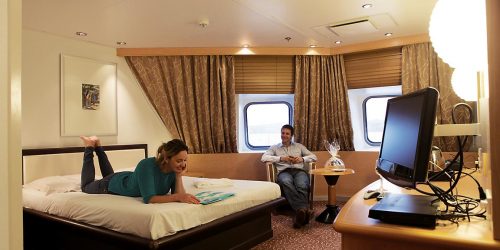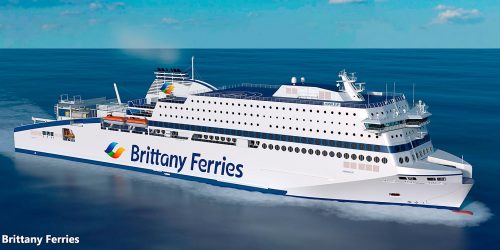What To Wear On A Ferry
The answer to question what should I wear on the ferry depends on what type of ferry you take (slow car ferry or passenger fast ferry ), in what season you are travelling and whether you want or are allowed to be out on open decks or not.
If you have never been on the ferry before and wonder what you should wear on the ferry, does it get chilly and what is appropriate clothing, here are some quick tips on how to best enjoy your time aboard any ferry – keep reading:
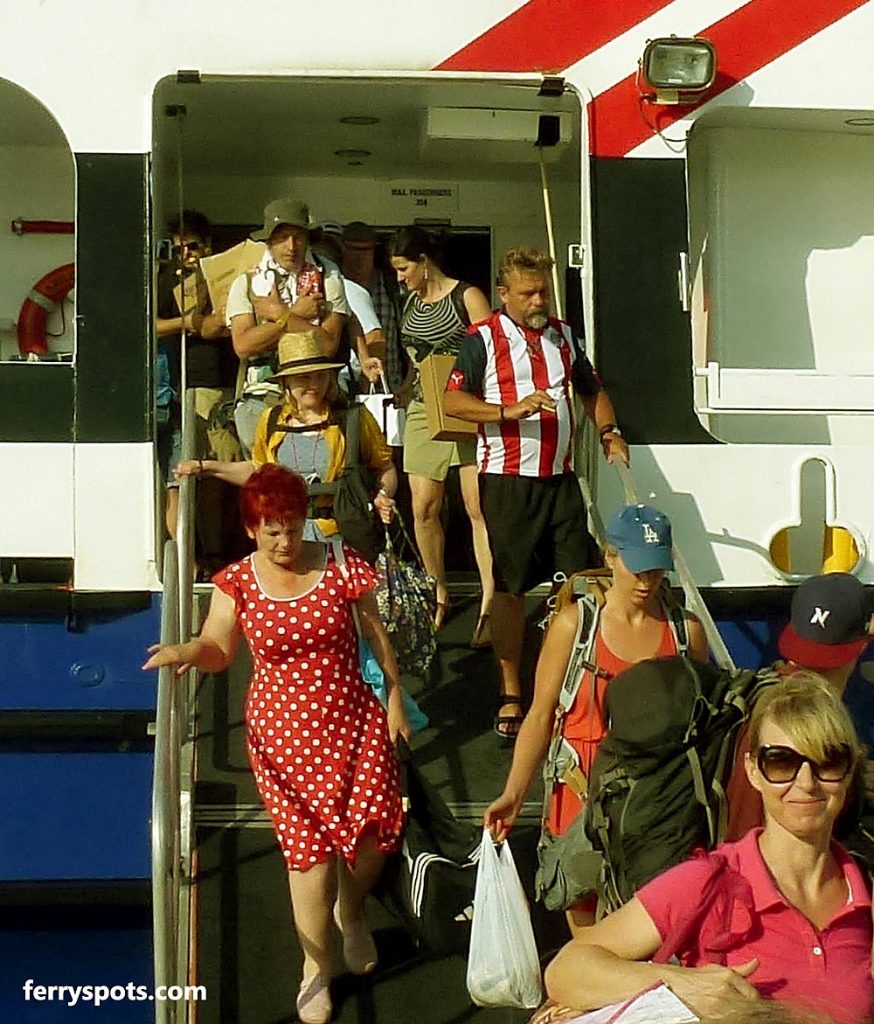
Dressing appropriately is essential to fully enjoy any ferry crossing and avoid accidents. This particularly applies to shorter ferry routes or if you plan to spend most of your time on the outside decks.
What to wear on fast ferry?
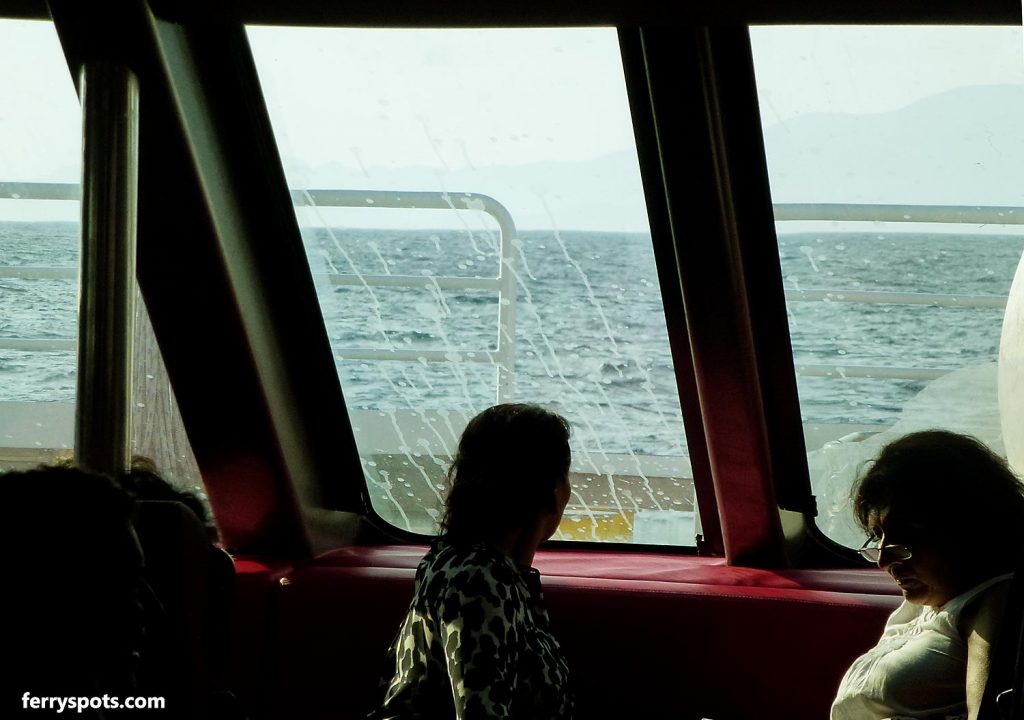
Cold and rainy day views from the inside salon, passenger lounge on a high-speed ferry
Due to the safety regulations, on most of the high-speed fast ferries, you will not be allowed to go on the outside deck. Passengers onboard on this type of ferry will enjoy the journey comfortably inside the vessel in the temperature controlled salon, lounge or cabin (see above photo). For this journey, you will just need your usual travel clothing and comfortable shoes.
What to wear on a slow, car ferry?
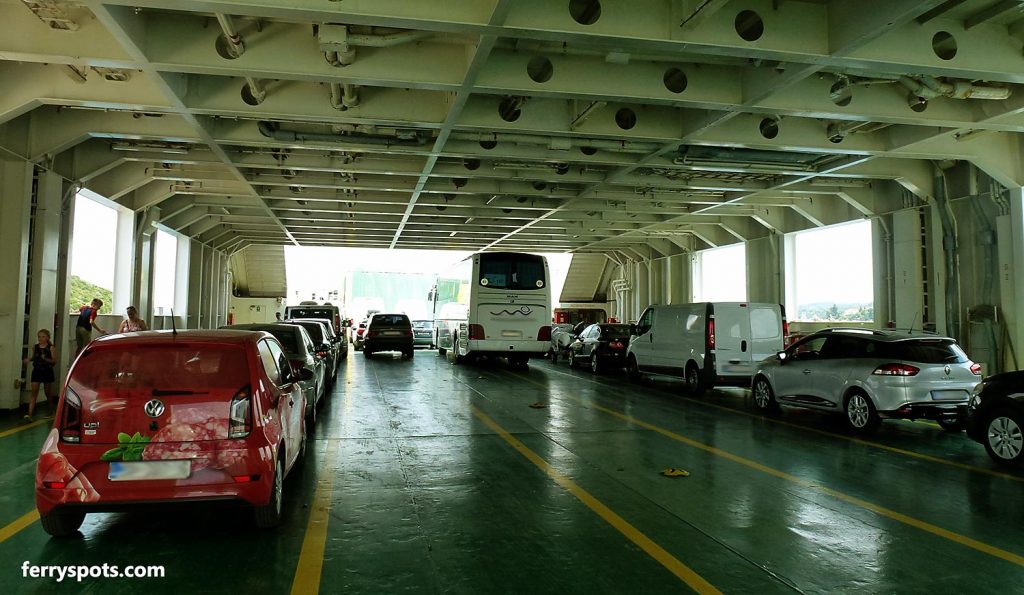
On a slow ferry, you will be allowed to go on the outside decks that surround the vessel. What you wear on this trip really depends upon the season (see below). The basic tip is to always dress casual so you can be most comfortable on your crossing.
The exterior decks provide stunning views of passing by ships, islands and coasts but some time and in colder months, things may get chilly so to dress accordingly is very important.
In the warmer months, most people sit outside to enjoy the sun. If you plan to do so, sun hat, sunglasses and sunscreen is something which you have to keep in your travel bag.
While riding the ferry, there is always a breeze or low winds, so even in the warmest months, you will need a light windproof jacket or cotton sweater.
Breeze and wind
While riding the ferry, as a vessel is moving across the water, there is always a breeze and wind. Even in the warmest months and the calmest seas, there is a wind. Take with you a light windproof jacket or cotton sweater, just in case. A hat is also good for wind protection. Shorts or trousers are better options then skirts or dresses. The extra top layer is also important for evening or night crossings.
Footwear
Regardless of the season, your footwear should give you solid support at all times. As you are on a moving vessel safety should be the top concern so practical, non-slippery shoes with rubber soles are a must.
Bear in mind that most of the outside surfaces on the ferry, like stairways and outdoor decks, can be slippery in any weather due to overall air humidity, waves or evening/morning dew.
Therefore, avoid flip-flops, backless shoes or leather soles. High heels too.
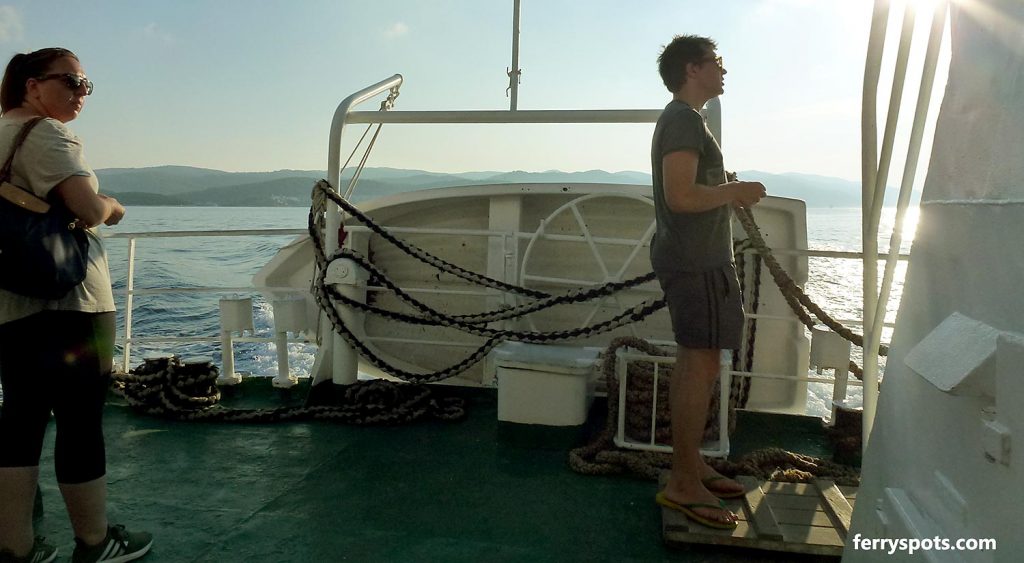
Sunglasses, sunblock and the sunray reflection in the water
The sunray reflexions in the water are very strong on the open seas so sunglasses are essential too.
You will experience the strong sun ray reflection on any channel crossings in any weather conditions as well as while walking around a ferry terminal or ferry dock or along the seashore so make sure you take your sunglasses too.
The sunray reflexions from the water can get you easily burned in the shadow too. I experienced it on numerous occasions when my initial guess was the sun is not strong or is behind the clouds, therefore I don’t need a sunblock.
Later on, in the evening, I realised that actually I got burned although I stayed in the shade all the time. So, sunblock is a must too.

What to wear in colder months
On a ferry ride in cold weather, you will need more layers than in similar weather condition on the mainland. While on the water, temperatures tend to drop lower due to higher humidity, conduction and ocean currents. This particularly applies if you intend to spend any time on the outside deck.
If your intention is to stay indoors (salon, passenger lounge or cabin) for the whole length of the crossing, then your usual clothes are most probably sufficient. However, don’t forget that you will be at least a few minutes outside while embarking and disembarking, so keep in mind the elements.
This is particularly important for winter overnight crossings when dusks, nights and dawns can be very cold and windy.
What to wear in warmer months
On a ferry ride in the summer in the warm climate and on the short routes, there may be no passenger cabins or salons available and you will have to spend most of your crossing time outside. In this situation, it is very important to be prepared to shelter from the elements.
Outside decks on the ferry rides between islands offer wonderful views and you will particularly enjoy it if you wear hat, sunglasses and sunblock.
How to Pack for a Ferry Trip – Packing Guide
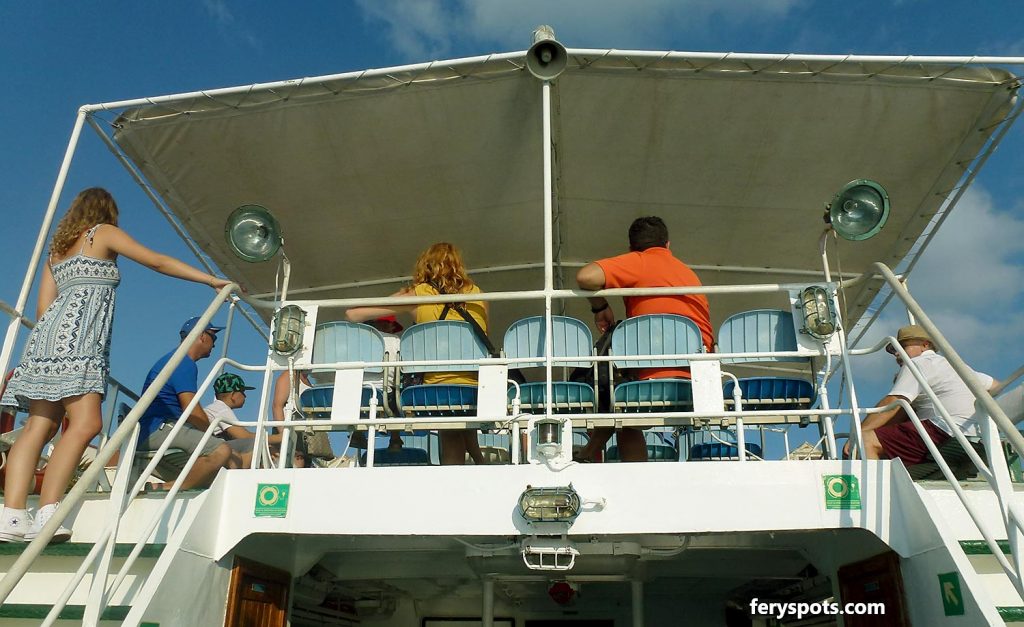
Here is an essential list of items you should pack for any ferry crossing:
- Wind / waterproof jacket
- Non-slippery shoes
- Hat – winter or summer one
- Sunglasses
- Sunblock
- Smartphone Waterproof – a cheap thing to buy but if you are near water and want to make sure your smartphone is protected from sudden waves or rain shower, this is an essential item.
- Foam Sit Mat – great if outside deck chairs are wet. This lightweight item has multiple uses, particularly near the water. Easy to carry in your daypack.
People also ask:
Can you wear heels on a ferry?
In theory yes, sure, however, you will be much safer if you stick with non- slippery shoes.
What are the best shoes to wear on a ferry?
Trainers or boat shoes in the summer, hiking shoes or boots in the winter; basically any shoes with very good grip. Don’t forget to use hand railings for stability and support when going up and down the outside stairways at any time!
Have you got any additional tips about what one should wear while riding onboard the ferry? Pls, let me know, get in touch
